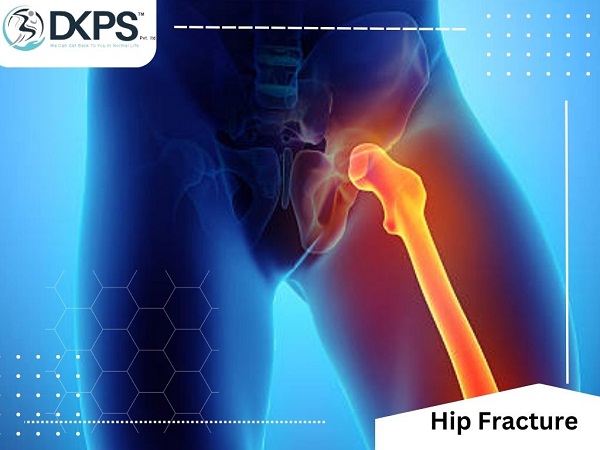- Home
- About Us
- DKPS Dealing
- BLOG
- Delhi NCR
- Delhi
- Physiotherapy at Home Near Me | Physiotherapist in South Delhi
- Best Chiropractor in Delhi
- Physiotherapist in Delhi
- Cupping Therapy in Delhi
- Home Nursing Services in Delhi
- Needle Therapy for Back Pain
- Sports Injury Physiotherapy
- Best Physiotherapist Visit at Home in Rohini Sector 24
- Physiotherapy at Home In Rohini Sector 9 |
- Physiotherapist in Pitampura | Physiotherapy at Home in Pitampura
- Physiotherapy at home in Rohini sector 29
- Physiotherapist in Paschim Vihar
- Physio home visit | Home Visit Physiotherapy |
- Physiotherapist in Saket | Best Physiotherapist in Saket |
- Physiotherapist In Janakpuri | Best Physiotherapist in Janakpuri |
- Best Physiotherapist in Punjabi Bagh | Punjabi Bagh Physiotherapist |
- Best Physiotherapist Service at Home in Dwarka, Delhi
- Best Physiotherapist in Chandigarh at Home Visit
- Faridabad
- Gurugram
- Noida
- Best Physiotherapy Gorakhpur
- Best Physiotherapist in Lucknow | Physiotherapist in Lucknow near me |
- Delhi
- Mumbai
- Delhi NCR
- Department
- Doctors
- Gallery
- Packages
- Contact Us
- Home
- About Us
- DKPS Dealing
- BLOG
- Delhi NCR
- Delhi
- Physiotherapy at Home Near Me | Physiotherapist in South Delhi
- Best Chiropractor in Delhi
- Physiotherapist in Delhi
- Cupping Therapy in Delhi
- Home Nursing Services in Delhi
- Needle Therapy for Back Pain
- Sports Injury Physiotherapy
- Best Physiotherapist Visit at Home in Rohini Sector 24
- Physiotherapy at Home In Rohini Sector 9 |
- Physiotherapist in Pitampura | Physiotherapy at Home in Pitampura
- Physiotherapy at home in Rohini sector 29
- Physiotherapist in Paschim Vihar
- Physio home visit | Home Visit Physiotherapy |
- Physiotherapist in Saket | Best Physiotherapist in Saket |
- Physiotherapist In Janakpuri | Best Physiotherapist in Janakpuri |
- Best Physiotherapist in Punjabi Bagh | Punjabi Bagh Physiotherapist |
- Best Physiotherapist Service at Home in Dwarka, Delhi
- Best Physiotherapist in Chandigarh at Home Visit
- Faridabad
- Gurugram
- Noida
- Best Physiotherapy Gorakhpur
- Best Physiotherapist in Lucknow | Physiotherapist in Lucknow near me |
- Delhi
- Mumbai
- Delhi NCR
- Department
- Doctors
- Gallery
- Packages
- Contact Us
Hip Fracture
- Home
- Hip Fracture

Hip Fracture
Hip fractures are serious injuries that can occur in people of all ages, but they are most common in older adults. A hip fracture is a break in the upper part of the femur (thigh bone) where it meets the hip joint. This injury can be debilitating and require a long recovery period, especially in older adults. In this article, we will discuss in detail the causes, symptoms, diagnosis, and treatment options for hip fractures.
Causes of Hip Fractures:
Hip fractures are typically caused by a fall, although they can also occur due to underlying medical conditions that weaken the bones. As people age, their bones become more brittle, making them more susceptible to fractures. Additionally, conditions such as osteoporosis, which cause bones to become thin and weak, can increase the risk of a hip fracture.
Hip fractures can also be caused by trauma, such as a car accident or a sports injury. In these cases, the force of the impact is enough to break the hip bone. Additionally, certain medical conditions such as cancer, osteoporosis, and thyroid problems can weaken the bones and increase the risk of a hip fracture.
Symptoms of Hip Fractures:
The most common symptom of a hip fracture is severe pain in the hip or groin area, which can make it difficult to stand or walk. Other symptoms may include swelling, bruising, or tenderness in the affected area. In some cases, the leg on the affected side may appear shorter or turned outward. If you suspect you have a hip fracture, it is important to seek medical attention right away.
Diagnosis of Hip Fractures:
If you suspect you have a hip fracture, your doctor will perform a physical exam to evaluate the extent of the injury. This may include X-rays or other imaging tests to get a closer look at the hip joint and surrounding bones. In some cases, a CT scan or MRI may be necessary to get a more detailed view of the injury.
Treatment Options for Hip Fractures:
The treatment for a hip fracture depends on the severity of the injury and the overall health of the patient. In most cases, surgery is necessary to repair the broken bone. The type of surgery will depend on the location and severity of the fracture.
Hip Fracture Surgery:
There are several surgical procedures used to treat hip fractures, including:
Hip pinning: This involves inserting metal pins or screws into the bone to hold it in place while it heals. This is a common procedure for less severe hip fractures.
Hip replacement surgery: In some cases, a partial or total hip replacement may be necessary. This involves removing the damaged portion of the hip joint and replacing it with an artificial joint. This is typically used for more severe fractures or when there is significant damage to the hip joint.
After surgery, patients will typically need to stay in the hospital for several days to monitor their recovery. During this time, physical therapy may be recommended to help patients regain strength and mobility in their hips.
Hip Fracture Recovery:
The recovery period for a hip fracture can be lengthy, especially for older adults. In the first few weeks after surgery, patients may need to use crutches or a walker to get around. They may also need assistance with daily tasks such as bathing and dressing.
Physical therapy is an important part of the recovery process for hip fractures. This involves exercises and stretches to help strengthen the muscles and improve mobility in the hip joint. Patients may also need to make modifications to their homes, such as installing grab bars and handrails, to make it easier to get around.
